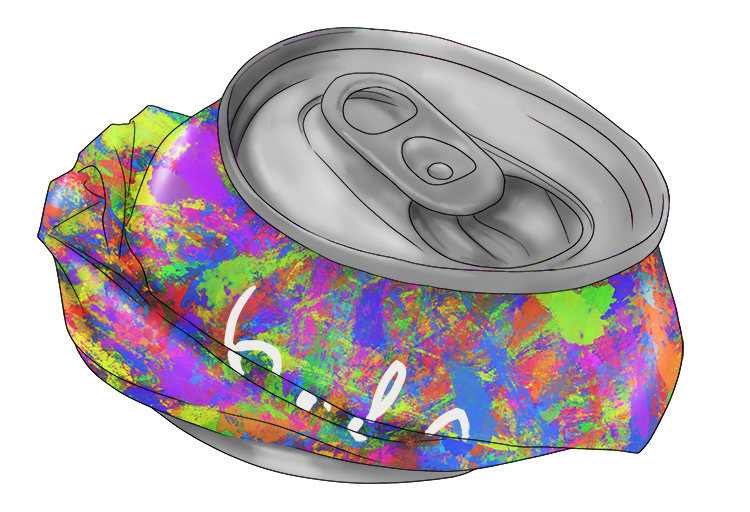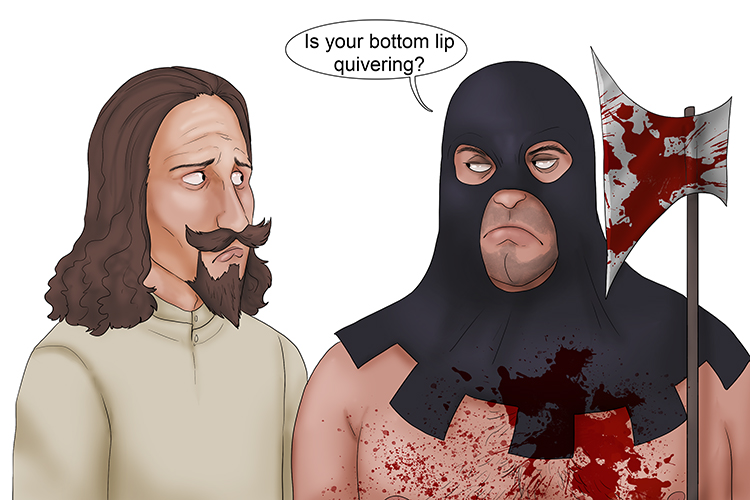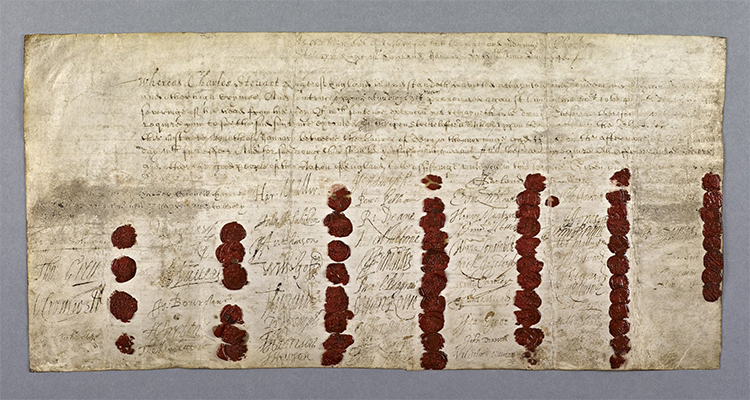Charles II - Bloody Vengeance
A friend of Mammoth Memory staff has been an antique dealer for 50 years. What makes him unique and how he became intimate with Charles II is that his whole house has furniture, décor and antiques exclusively from this era. It's taken him his whole life to collect these items. As you walk into his small house, the hallway alone is covered in dark wood panelling with an old, dark black oak table. On the table are hand made pewter plates from Charles II era.
From this point onwards, you should build up mnemonics from this hallway to link into everything about Charles II, and an absolutely fascinating, blood thirsty and vengeful king. Tap into this antique dealers enthusiasm.
The Year Charles II became King
You must first look up how we remember Charles II was crowned King in 1660 otherwise the following will be meaningless. You can find the information here and here.
Charles II became king in 1660. To remember this date and associate it with Charles II, imagine opening the door of this antique dealers house, and on the hallway table seeing the following:
Picture a very small coke can (Charles II) in a cage. With two judges (1660) sitting on top. You should see this as being completely out of keeping with the décor of the hallway. Also picture a flattened can along side the cage.

This completely out of context ornament in contrast to the dark old antique surroundings should help you, along with remembering the Kings and Queens method, to recall that:
Judges = 1660
Charles II = Can
Flattened Can = The Vengeful King
This one image should start you off on a knowledge of one of England's most vengeful kings.
Vengeance is Mine

This flattened coke can and the imprisoned coke can should remind you that Charles II was a vengeful king.
59 Parliamentarians Warrant for Execution
59 parliamentarians, at the time of Oliver Cromwell signed a flat document using seals and signatures that called for the death warrant of Charles II father, Charles I.
Close up of Charles I lip quivering while waiting for his execution.
If you take a close look you can see Charles I lip quivering while waiting for his execution.

This should remind you from Mammoth Memory, Remembering Numbers, that:
Lip = 59
This will help you remember that 59 parliamentarians signed a warrant for Charles II dad to be executed.
After Oliver Cromwell's death and his son Richard's removal from power, Charles II was restored as the monarch.
Signing the Death Warrant
Sadly, the British Library keeps the warrant of execution locked away. However, a reproduction of Charles I's death warrant hangs in the sovereign's robing room at the Palace of Westminster (or the Houses of Parliament as it is better known). This area is opened to the public occasionally and is worth visiting just to see this one document.

From this visit you should never need a further mnemonic to recall that Charles II attempted to have 59 people tracked down and when caught, they were hung, drawn and quartered, a particularly sickening death. Charles II even had Oliver Cromwell's head displayed on a spike outside the Houses of Parliament. Some of the 59 left England to hide abroad in poverty in fear of their lives. If you ever get the chance to read about King Charles II revenge then do so. It's horrifying.
Summary
Now you should build on these firsts mnemonics to create a huge web of information, which will teach you about
- Cromwell and the parliament
- Charles I (Charles II dad)
- King Charles Spaniels and Charles II lavish lifestyle
- Charles II early life in France. After the civil war and the execution of his father he did not dare return to England.
- Charles II founding the Royal Observatory
This intimate web will teach you about a large and intriguing part of English history.




